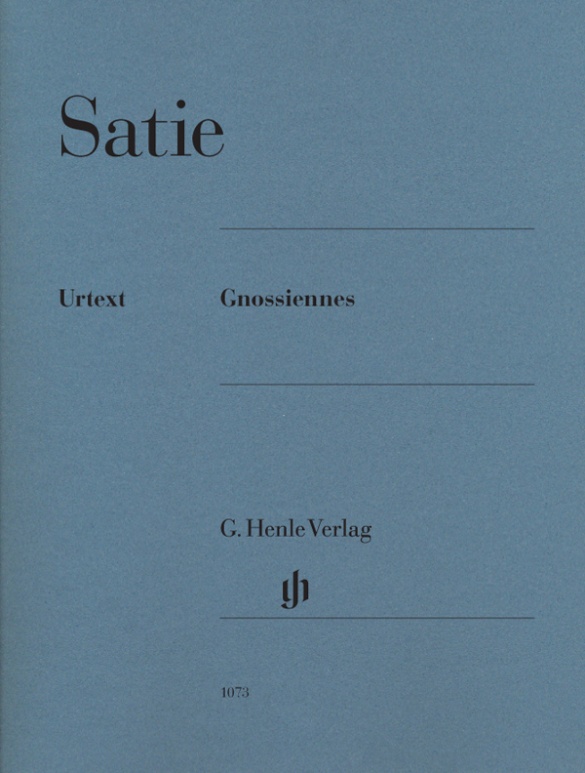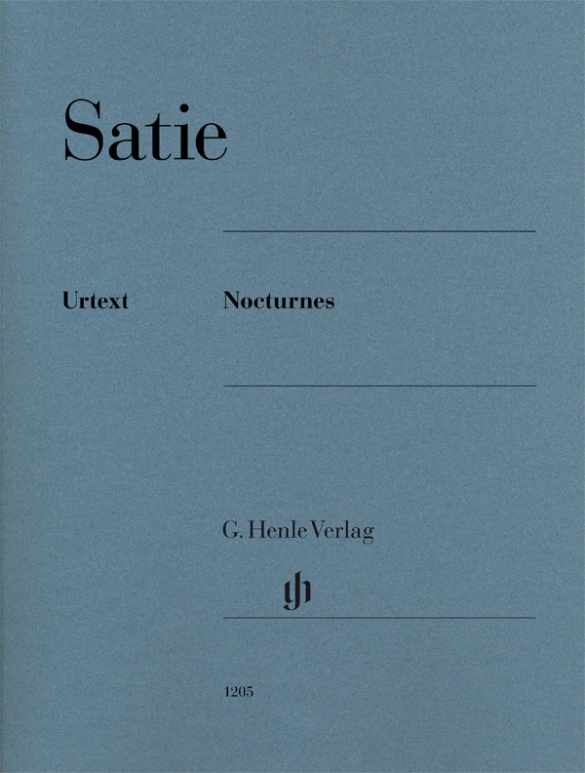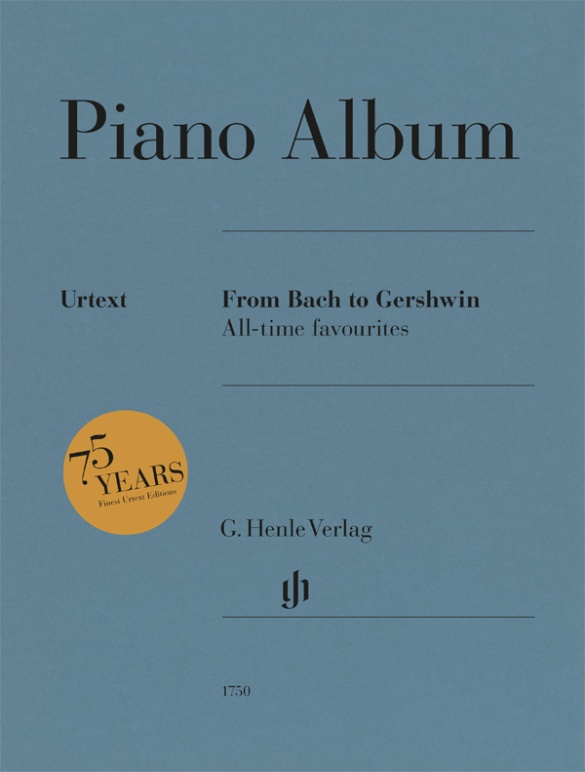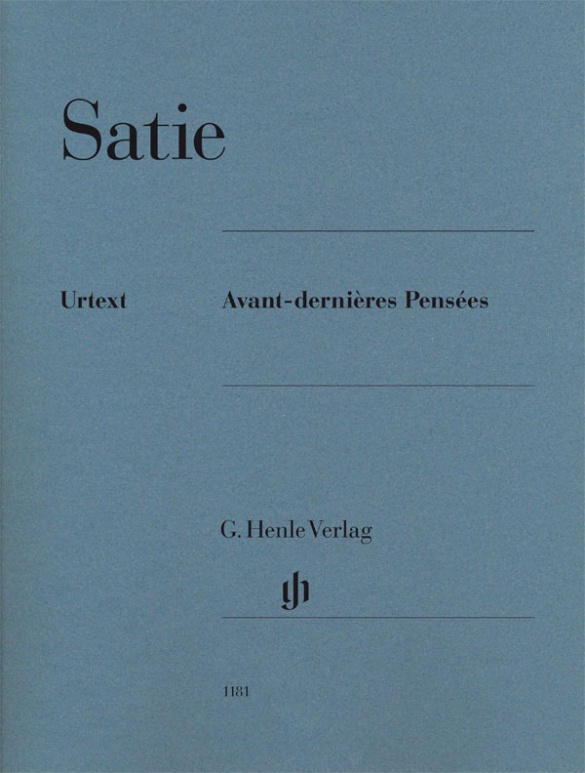Erik Satie
Gnossiennes
>With his subtle intuition for musical tendencies that were "en vogue", he combined exotic elements with influences from cabaret music and, of course, his own ideas to create something very new. Several of the "Gnossiennes" take one by surprise on account of puzzling fragments of text between the lines of music. According to Satie they were not supposed to be read aloud but to create a secret link between composer and player - a creative challenge, which we are passing on to present-day musicians in our Urtext edition.
内容/詳細
作曲家について
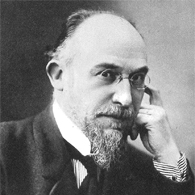
Erik Satie
Avant-garde composer in Paris around 1900 with an extremely unique oeuvre.
| 1866 | Born in Honfleur on May 17. |
| 1874 | Organ lessons and introduction to Gregorian chant, which will have a marked effect on his creative work: “Quatre Ogives” for piano (1886) and “Messe des Pauvres” for organ (1895). |
| 1879–87 | Studies at the Conservatoire de Paris. |
| from 1887 | In Montmartre he makes his living variously as musical director of the shadow theater at the Chat Noir and as a pianist at the Auberge du Clou. He adopts the musical language of the music hall and the cabaret: e.g. “Trois morceaux en forme de poire” (“Three Pieces in the Shape of a Pear”) for piano, four-hands (1903).1888/89 |
| Beginnings of the first “Gymnopédies” and “Gnossiennes” for piano. | 1891–92 |
| He joins the eccentric circle of the “Ordre de la Rose-Croix Catholique du Temple et du Graal” around Sâr Péladan and composes avant-garde music for it: “Le Fils des étoiles” (incidental music) with stacks of fourths, “Trois Sonneries de la Rose + Croix.” | 1893 |
| “Vexations” for piano, which is to be repeated 840 times. | 1905–08 |
| Studies at the Schola Cantorum in Paris to improve his compositional technique. | 1911 |
| Ravel’s performances of his compositions bring Satie recognition as a composer. | from 1912 |
| New compositional phase: piano pieces whose underlaid texts are to be read aloud to further thwart the musical process (alienation of patterns): “Véritables préludes flasques (pour un chien)” (“True Flabby Preludes for a Dog,” 1912), “Descriptions automatiques” (1913), “Sports & Divertissements” (1914), “Sonatine bureaucratique” (1917). | 1916/17 |
| Ballet “Parade” with Cocteau and Picasso. | 1917/18 |
| “Socrate (drame symphonique)”, one of the primary works of neoclassicism. | 1925 |
校訂者や運指担当者について
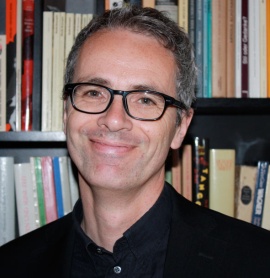
Ulrich Krämer (校訂)
Dr. Ulrich Krämer, born in 1961 in Bielefeld, is Head of the Research Centre at the Arnold Schönberg Complete Edition in Berlin. He read musicology and German in Hamburg and Bloomington and wrote his doctoral thesis under the supervision of Rudolf Stephan on Alban Berg as a pupil of Arnold Schönberg.
In addition to his editorial work, he has been a lecturer at the Hochschule für Musik “Hanns Eisler” and at the Berlin University of the Arts, as well as “Visiting Scholar” at the Graduate Center at the City University New York. Alongside the volumes he has prepared for the Schönberg Complete Edition (including the score of the Gurre Lieder which was awarded the Deutsche Musikeditionspreis), his scholarly publications include editions of Alban Berg’s student compositions and Theodor W. Adorno’s compositions found in his estate, as well as essays and articles on Brahms, Berg, Schönberg, Ravel and Astor Piazzolla.
製品安全に関する情報

G. Henle Verlag
製品の製造元に関する情報はこちらでご覧いただけます。G. Henle Verlag
Forstenrieder Allee 122
81476 München
info@henle.de
www.henle.com
おすすめ
autogenerated_cross_selling
このタイトルを含む他の版


